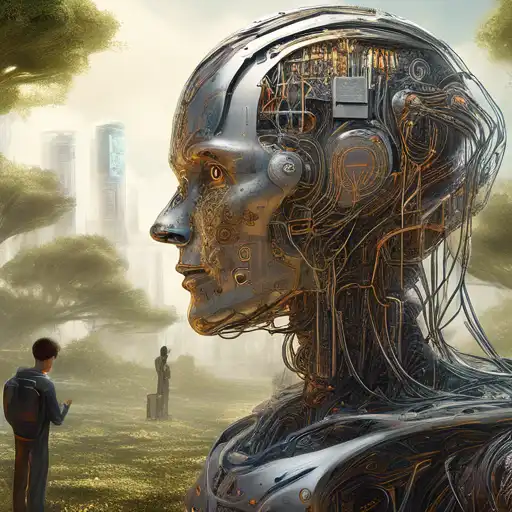Introduction to Natural Language Processing
Natural Language Processing (NLP) stands at the intersection of computer science, artificial intelligence, and linguistics. It's the technology that enables machines to understand, interpret, and generate human language in a way that is both meaningful and useful. From voice-activated GPS systems to digital assistants and customer service chatbots, NLP is transforming how we interact with technology.
How Machines Process Human Language
At its core, NLP involves several key steps: parsing, semantic analysis, and pragmatic understanding. Parsing breaks down sentences into grammatical components, semantic analysis interprets the meaning, and pragmatic understanding considers the context. Together, these steps allow machines to grasp the nuances of human language.
Key Technologies Behind NLP
- Machine Learning: Algorithms learn from vast datasets to improve language understanding over time.
- Deep Learning: Neural networks model the human brain to process language in layers, capturing subtle meanings.
- Computational Linguistics: This field provides the theoretical foundation for understanding language structure.
Applications of Natural Language Processing
NLP powers a wide range of applications that simplify and enhance our daily lives. Here are a few examples:
- Search Engines: NLP helps search engines understand queries and deliver relevant results.
- Translation Services: Tools like Google Translate use NLP to break language barriers.
- Sentiment Analysis: Businesses analyze customer feedback on social media to gauge public opinion.
Challenges in Natural Language Processing
Despite its advancements, NLP faces challenges such as understanding sarcasm, idioms, and regional dialects. These nuances require sophisticated models and continuous learning to overcome.
Future of NLP
The future of NLP lies in creating more intuitive and human-like interactions. With advancements in AI and machine learning, machines will soon understand context and emotions, making interactions seamless.
Conclusion
Natural Language Processing is a rapidly evolving field that bridges human communication and machine understanding. As technology advances, the potential for NLP to revolutionize industries and improve our interaction with machines is limitless. For more insights into AI and machine learning, explore our technology section.
